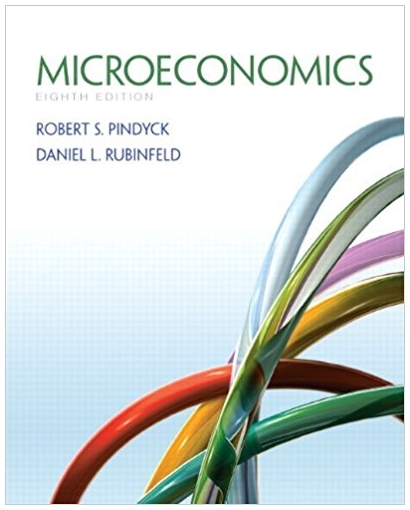A monopolist can produce at a constant average (and marginal) cost of AC MC $5.
Question:
a. Calculate the profit-maximizing price and quantity for this monopolist. Also calculate its profits.
b. Suppose a second firm enters the market. Let Q1 be the output of the first firm and Q2 be the output of the second. Market demand is now given by
Q1 Q2 53 P.
Assuming that this second firm has the same costs as the first, write the profits of each firm as functions of Q1 and Q2.
c. Suppose (as in the Cournot model) that each firm chooses its profit-maximizing level of output on the assumption that its competitor’s output is fixed. Find each firm’s “reaction curve” (i.e., the rule that gives its desired output in terms of its competitor’s output).
d. Calculate the Cournot equilibrium (i.e., the values of Q1 and Q2 for which each firm is doing as well as it can given its competitor’s output). What are the resulting market price and profits of each firm?
e. Suppose there are N firms in the industry, all with the same constant marginal cost, MC $5. Find the Cournot equilibrium. How much will each firm produce, what will be the market price, and how much profit will each firm earn? Also, show that as N becomes large, the market price approaches the price that would prevail under perfect competition.
Fantastic news! We've Found the answer you've been seeking!
Step by Step Answer:
Related Book For 

Question Posted:





